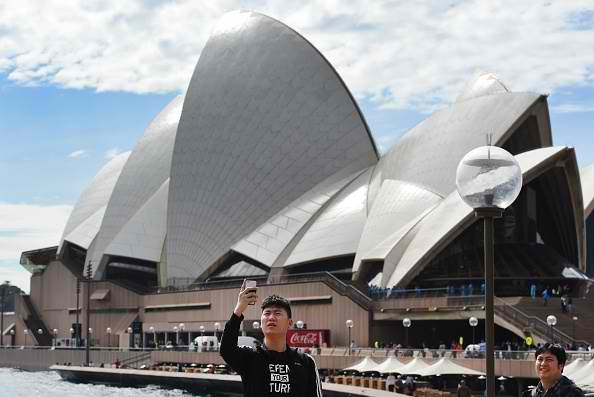Australia has opened its 10-year, multiple-entry visa to Chinese citizens, an article by shanghaiist.com said.
Early this year, Australia conducted a trial version of the program, which Australian executives called a "game changer," and it was only on Saturday, Nov. 19, that the new version was opened to Chinese citizens, the report said.
The new visa, which costs about 5,100 yuan (1,000 Australian dollars), will allow Chinese citizens to stay up to three months in Australia but they cannot reside for more than 12 months during a 24-month period.
In 2015, more than 1 million Chinese visitors went to Australia, spending about 38.3 billion yuan in the country. Next to New Zealand, the largest number of visitors comes from China and it may soon change with the new visa program. Chinese tourists named Australia as "the most desirable destination" in 2014.
Other than Australia, Israel also gave Chinese citizens 10-year visas with multiple entries, made possible under the agreement signed by the two countries at the meeting of the China-Israel Joint Committee on Innovation Cooperation. Israel's 10-year multiple-entry visa started on Nov. 11.
The China-Israel visa agreement enables Chinese citizens to enter Israel several times over a 10-year period and stay to a maximum of 90 days each time but not more than 180 days within one year.
The new visa agreement is seen as a major development in the relations between the two countries, which both set up mutual visa waivers for diplomatic and official passport-holders on Jan. 17.
Canada and the U.S. also granted multiple-entry visas to Chinese citizens.
The number of Chinese tourist in Australia has exceeded 1 million this year. The value of Chinese tourism was initially estimated at between $7.4 billion and $9 billion a year by 2020, while the annual spending of $7.7 billion, may increase to $13 billion by 2020.



























